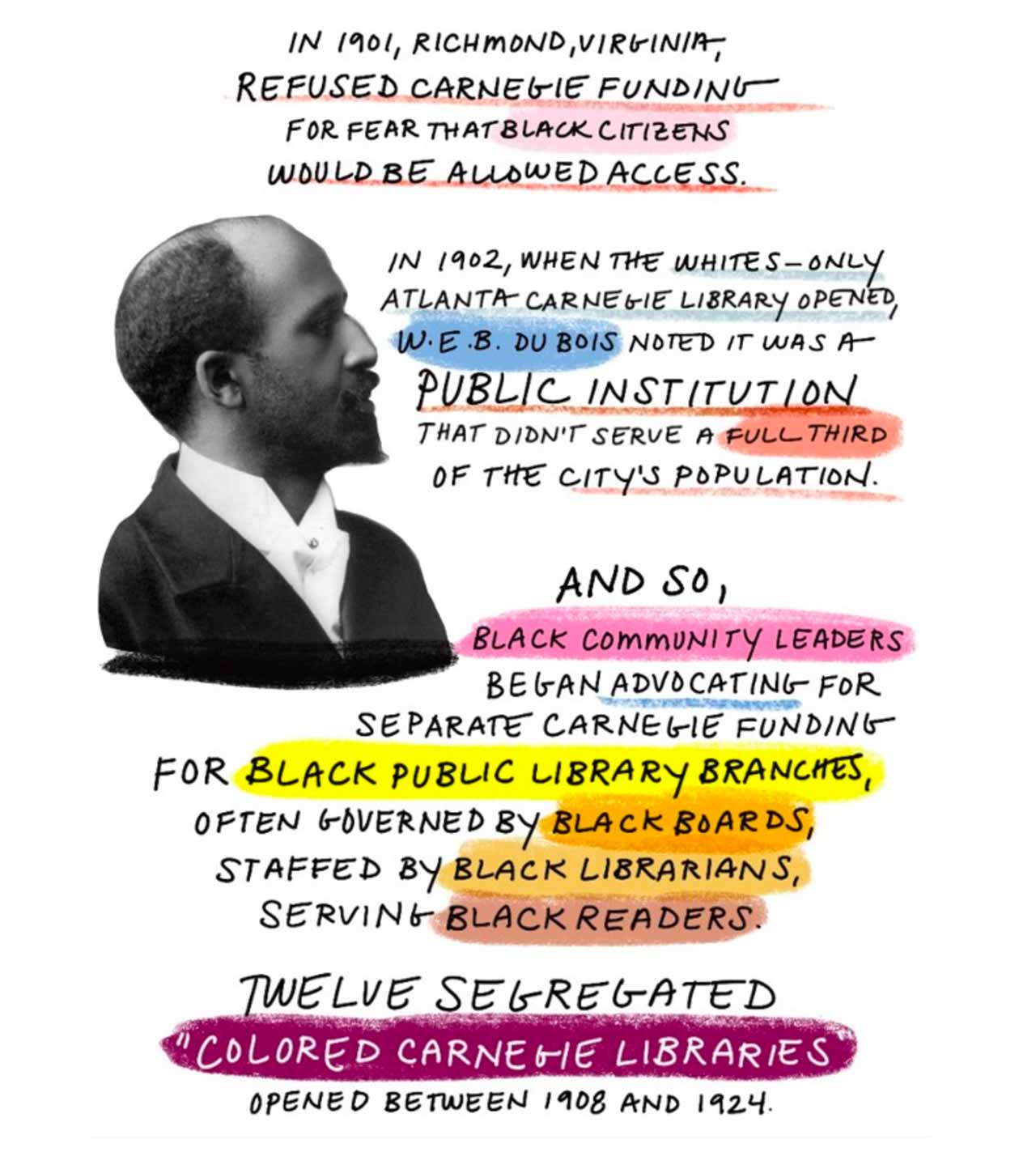Thanks to Drew McManus for remembering that Butts In The Seats turned 15 this weekend. Hard to believe I have been writing for 15 years now. Hopefully readers have found the content worthwhile.
Speaking of which….
Over on ArtsHacker today, I had a post on a very worthwhile subject– Unrelated Business Taxable Income.
I know, you are fighting to keep your brain from shutting down right now.
What that translates to for non-profit arts organizations is, among other things, any advertising you may have in publications, playbills, social media and web posts, etc., is considered an activity unrelated to your organizational purpose which means you need to pay taxes on it.
Now before you panic too much, placement of sponsors logos and contact information is permitted within the scope of your non-profit status. While advertising versus sponsorship may sound like a distinction without a difference, there are strict guidelines you need to follow. There can’t be comparative or qualitative language, no pricing, no inducements/endorsements to use/purchase a product/service.
If this sounds like something you have run into trying to promote an event on a public radio station, that is exactly what it is. At one time I thought it was a characteristic of public broadcasting charters so they didn’t compete with commercial broadcasting. In fact it is a characteristic of non-profit status so it also includes school yearbooks, neighborhood sports leagues, community newsletters, etc.
The post I made isn’t a comprehensive discussion of the matter. I didn’t even try to tackle the recent change that made providing employee parking something non-profits need to pay taxes on. It is a good place to start before following up with an accountant or attorney.
On a semi-related topic, I also made a post about the detail to which a non-profit needs to go when valuing and acknowledging a gift from a donor. Even if you think you know a lot about this subject, it is worth checking about because money from donor advised funds are viewed differently than those received directly from the donor. Given the growing popularity of donor advised funds, there are likely things you will want to learn more about from an accountant or lawyer.



Thanks for what you are doing to bring cultural change to the arts. It is so important to represent everyone.…